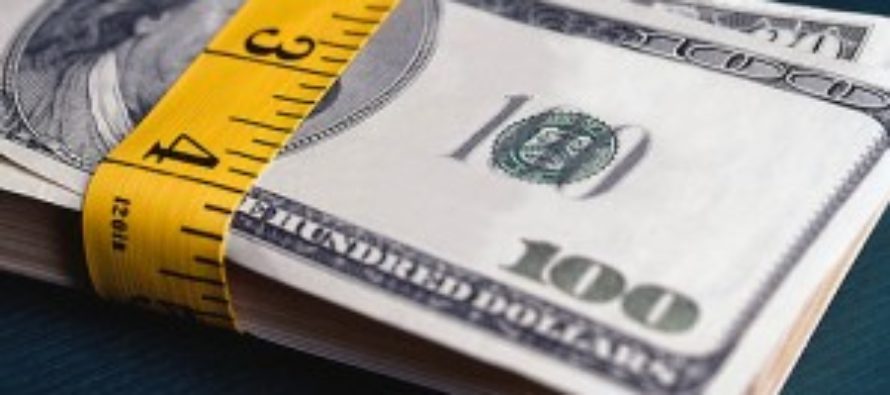Calculate the Return on Investment for an MBA

Related Articles
A political campaigner in Washington, D.C., Kate Doehring, 31, decided to pack her bags and move to the Midwest to earn an MBA in a place with a cheaper cost of living.
I was looking at Georgetown and George Washington here, says Doehring, who is about to finish her first year of business school at the University of WisconsinMadison. To stay in D.C., just sheer cost would have been at least double or triple than Madison.
Like many prospective MBA students, Doehring looked at her MBA as an investment and weighed the cost of living, lost wages and potential debt along with a projected post-degree salary of $100,000.
Average salary after graduation compared with debt, referred to as salary-to-debt ratio, is one tool for calculating the return on investment for prospective MBA students.
I used just over $100,000 annually, plus or minus $10,000, says Doehring, who is on target to finish the program with less than $15,000 in debt. I used $100,000 as a benchmark because those numbers were communicated when I did my campus visit.
According to data submitted to U.S. News by ranked business schools, UWMadison had the highest annual salary-to-debt ratio for full-time MBA graduates who found jobs paying an average of more than $100,000 in salary and bonus within three months of earning their degree.
Students at Wisconsin School of Business can expect a 7.4-to-1 salary and bonus-to-debt ratio. That translates into an average salary and bonus of $114,815 and $15,481, on average, in debt.
Of the other ranked business schools with grads earning more than $100,000 in salary and bonuses, these schools had the highest salary and bonus-to-debt ratio for the Class of 2015: the Marriott School of Management at Brigham Young University at 5.4-to-1, the Hough Graduate School of Business at the University of Florida at 3.6-to-1, the Michael G. Foster School of Business at the University of Washington at 3.4-to-1 and the Smeal College of Business at Pennsylvania State UniversityUniversity Park at 3.1-to-1.
More than one-third of the 129 ranked schools that submitted salary data to U.S. News had an average starting salary and bonus of more than $100,000 for their 2015 graduates. The average for all schools was $91,940.
A typical MBA student from the Class of 2015 finished his or her degree with $50,054 in debt, according to U.S. News data.
MBAs differ from other professional degrees, such as those in law and medicine, since MBA programs are shorter in length. For that reason, these students tend to have less debt and are less likely to drop out, student loan experts say.
If everyone considered education as an investment and the ROI, people would be making drastically different decisions, says Andrew Josuweit, founder and CEO of Student Loan Hero, a site specializing in paying off student loans.
Student loan experts say that prospective MBA students should go beyond salary-to-debt ratio to calculate ROI, although its one piece of the puzzle for calculating a programs return.
Most business schools publish employment records with average salaries for different industries. Prospective MBA students can use these numbers to project future salaries, experts say.
Two things that aren’t included are forgone salary the salary a student gives up by attending the program and the accumulated interest on student loans over 10 years, the Student Loan Hero CEO says.
To calculate ROI, Josuweit says to subtract current salary from the expected future salary and divide that number by the total cost. Total cost should include debt, forgone income and accumulated interest on a loan for 10 years, he says.
An MBA grad who earned $65,000 before his or her degree and now makes $100,000 with $55,000 in student debt can expect to have a return of around $195,000, Josuweit says, for example.
Most entrepreneurs graduating from an MBA program tend to have lower salaries because they are starting a new venture or company, says Dan Macklin, co-founder of SoFi, a San Francisco-based financial technology company.
Schools that have graduates who pursue entrepreneurial avenues, such as Babson College, might have a lower salary-to-debt ratio for this reason, Macklin says, referring to data calculated from SoFis refinance applicants…
No Comments
Only <a href="http://foreignmba.com/mba/wp-login.php?redirect_to=http%3A%2F%2Fforeignmba.com%2Fcalculate-the-return-on-investment-for-an-mba%2F"> registered </a> users can comment.


Let me tell You a sad story ! There are no comments yet, but You can be first one to comment this article.
Write a comment